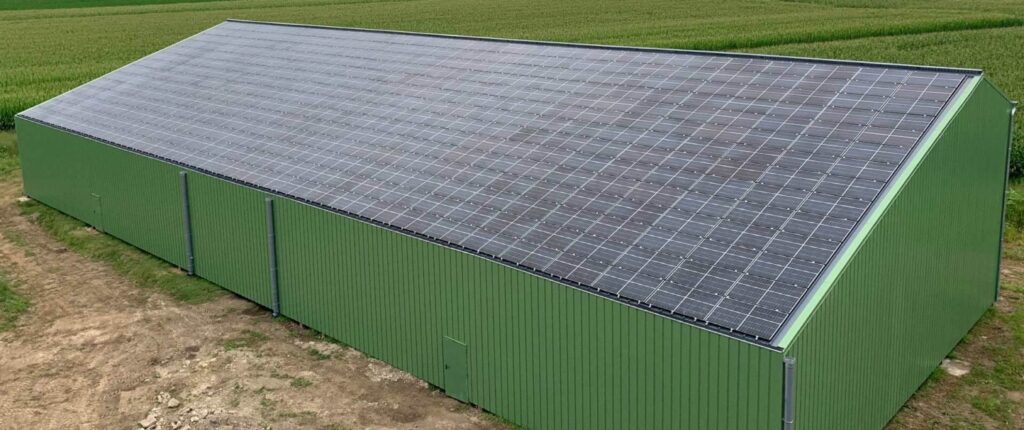Nowadays, the transition to clean and renewable energy sources has become a global priority to combat climate change and preserve our planet. In this dynamic, the roofs of buildings represent considerable potential for the development of solar and wind energy. To accurately predict the growth of roof usage for clean energy production on a global scale, it is essential to analyze current trends and the opportunities available to us in this expanding field.

A new machine learning framework developed by researchers from IIASA allows estimating global roof growth from 2020 to 2050. This innovation can assist in planning sustainable energy systems, urban development, and climate change mitigation, while providing significant benefits to emerging economies. This research has been published in Scientific Data.
The Importance of Global Roof Area
In 2019, buildings used approximately 18% of the annual global electricity production and generated 21% of greenhouse gases, significantly contributing to climate change. As the global population increases, we will need more buildings, which will raise the demand for energy and construction materials.
The total global roof area, that is, the total surface area of all building roofs worldwide, is a crucial measure for many applications, including the installation of solar panels and urban planning. Understanding this area and its growth forecasts is essential for better planning sustainable energy systems, improving urban development, and mitigating impacts on climate and biodiversity.
An Innovative Machine Learning Framework
Researchers at IIASA have created a machine learning framework that utilizes massive data sets from approximately 700 million building footprints, global land cover, roads, and population statistics. Their approach predicts the increase in roof area from 2020 to 2050 using five possible future scenarios. This data covers nearly 3.5 million small areas globally.
Results and Forecasts

In 2020, the total roof area in the world was estimated at 0.25 million km², with a total built surface area of 1.46 million km². Asia had the largest share (0.12 million km²), followed by Europe (0.47 million km²), North America (0.39 million km²), and Africa (0.02 million km²).
By 2050, the global roof area could grow between 0.3 and 0.38 million km², representing an increase of 20 to 52% compared to 2020. Africa is expected to experience the most significant growth, potentially doubling its roof area.
Implications for Policy and the Public
This study is the first high-resolution global estimate of the increase in roof area based on multiple socio-economic trajectory narratives. It demonstrates how large geographical data sets and machine learning can assist in sustainable development and climate action.
The implications of this research are significant for policy and the public. The database can help plan decentralized solar energy systems more realistically, thus promoting sustainable energy solutions. By estimating the potential of solar technology on roofs to meet climate objectives, particularly in emerging economies, these policies can become more effective and affordable.
Future and Opportunities
With a significant expansion of roof area, these zones can leverage their manufacturing capabilities, strong solar potential, low-cost labor, and entrepreneurial spirit to achieve long-term development and prosperity.
-
Technological Advances
- Machine learning
- Big data
- Machine learning
- Big data
-
Climate Impacts
- Reduction of greenhouse gases
- Sustainable energy
- Reduction of greenhouse gases
- Sustainable energy
- Machine learning
- Big data
- Reduction of greenhouse gases
- Sustainable energy
“Estimating the potential of solar technology on roofs is essential for aligning climate goals with sustainable development objectives, especially in emerging economies.”
Study Reference
Joshi, S., et al. (2024) Global high-resolution growth projections dataset for rooftop area consistent with the shared socioeconomic pathways, 2020–2050. Scientific Data. doi:10.1038/s41597-024-03378-x.
Perspectives économiques de l'OCDE : croissance mondiale soutenue attendue pour 2024 et 2025 https://t.co/zi53SvOB98 pic.twitter.com/qXhfu2nFGk
— euronews en français (@euronewsfr) May 2, 2024
Articles similaires
Thank you!
We will contact you soon.














